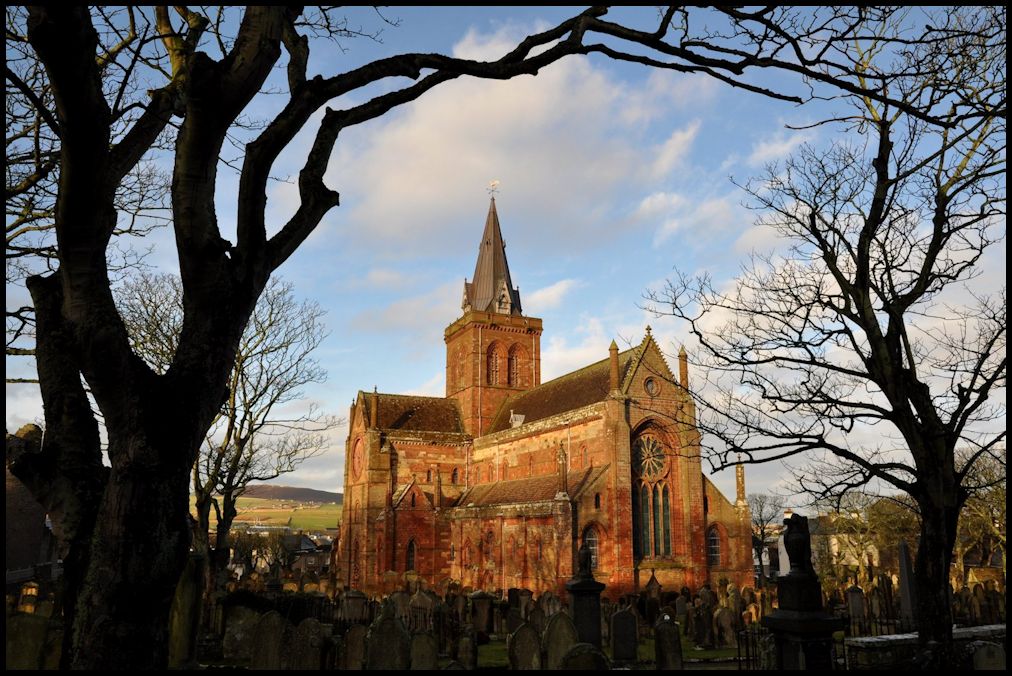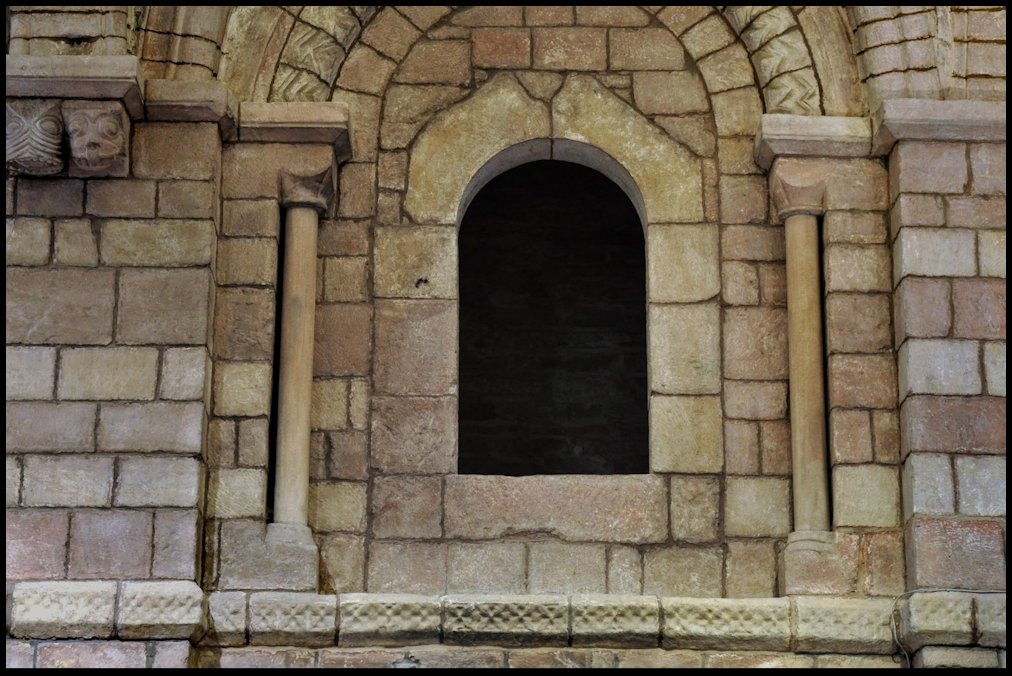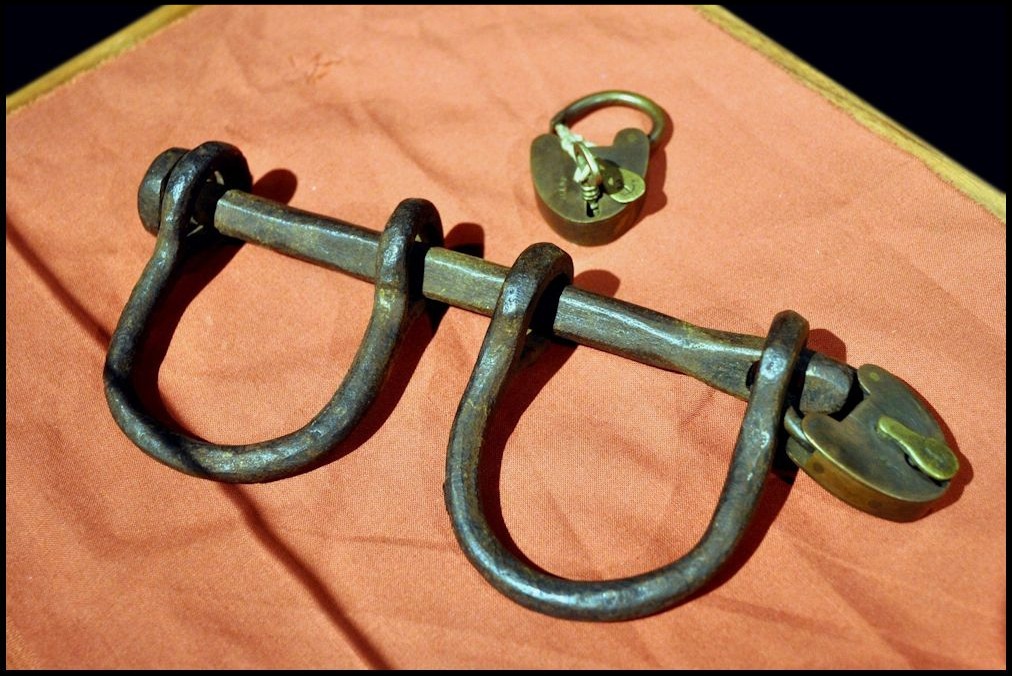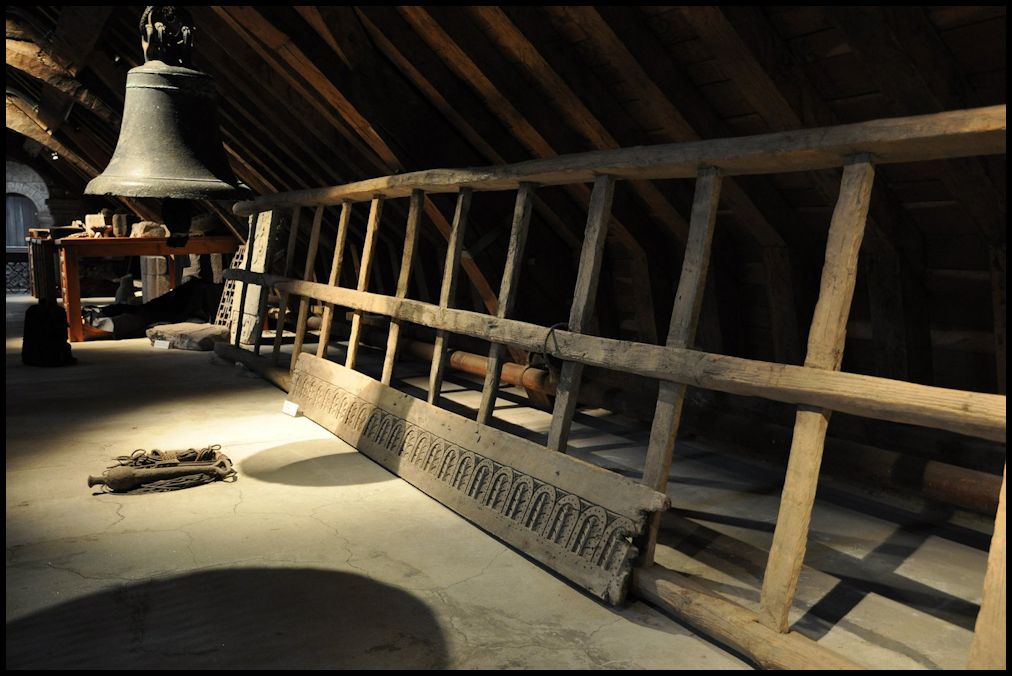The information recorded in the Register of the Privy Council of Scotland regarding the witchcraft case of Jonet Reid, Orkney, 1643, contains documents from the proceedings during her trial – both of the dittay [(Scots law) the accusation or charge against a person in a criminal case] and of the depositions from her neighbours – charging her of practising witchcraft, sorceries, superstitions, and charms, and of meeting with the devil, ‘her master’. There are ten accusations in total. The following is a brief summary of the neighbours’ accusations:
William Kirknes declared that he heard Jonet mention that she was ‘drying corn for the devil’, and that she offered him some grass of which she claimed, if used in his crops, would make his corn grow better. Robert Sinclair said that he was cured of impotency from a liquid that Jonet made for him to take with his meat. He also claimed to have been advised by Jonet, upon hearing that he was seeing apparitions of his first wife during his sleep, to go to her grave and tell her to trouble him no more. According to Sinclair, after Jonet visited his home and drank of his cow’s milk; the cow bled from then on when milked, until she died. John Kirknes and Elspett Sinclair both declared that Jonet came to their houses, and upon finding them very sick, held them and spoke certain words to cure them. Alexander Linkletter, being another neighbour that apparently was really sick before Jonet ‘spoke certain words to him’ claimed that he was cured within two days to go back to work, from an illness that had him fourteen days bed ridden. According to Alexander, Jonet also tried to cure a child of his that was sick, although no change was noted to have occurred with the child.
The collected accusations above declared by various neighbours of Jonet Reid led the jury to their unanimous decision in July of 1643 that her hands be bound behind her back, and she be brought to the stake and burnt to her ashes.
Katherine Craigie was sentenced to death on 12th July 1643 “for airt and pairt of the using and practeising of the witchcraftis, sorceries, divinatiounes and superstitiounes…”. Katherine Craigie was from Orkney; as were Marable Coupar (1624), Marion Richart (1630), and Jonet Reid (1643) – previous witchcraft cases we have examined from Orkney. In fact Jonet Reid’s trial (Erica Regan’s case) also took place on 12th July 1643, the same day as Katherine Craigie’s. It is possible that they could have been tried together, however there is no mention of this in the Register of the Privy Council of Scotland.
Katherine Craigie’s case was mentioned in Larner’s ‘Source Book of Scottish Witchcraft’. According to Larner’s Source Book there were four other witches tried in Orkney in July 1643; Elizabeth Ranie, the husband of Elizabeth Ranie, Margaret Ranie and Christine Poock. The source book states that these four people were all mentioned/branded as witches by an accused person. It is likely that either Katherine Craigie or Jonet Reid named them as witches during their trial.
DITTAY:
(This lists the formal accusations against the alleged and was written in the second person, addressed to the accused. This dittay contains 13 items. The accusations against Katherine Craigie were made by various neighbours, and are concerned with healing, death, devilry and superstition.)
Item 1 – James Caithness from Rowsay had gone over to Westray for the day to do some work. Due to very bad weather he could not get home to his house, in the meantime his wife was worried and wondering where he was. Katherine Craigie went to her and said “Give me some cloth, enough to make a handkerchief, and your husband shall get fair weather to come home shortly”. In the morning the weather became fair and James returned home…”quilk was done be your witchcraft and devilrie”.
– Confessed only that she said that if she was given alms, God would send fair weather.
– Found guilty.
Item 3 – Five years previously Thomas Irwing younger lay very sick in Quondale. Katherine performed the three stones and water ritual on Thomas. He then rose from his bed and Katherine led him to the sea. He was very frightened. Katherine poured three handfuls of water over his head, then they returned to the house. Every day after this he got better…”quilk was done be your witchcraft and devilrie”.
– Confessed to going to the sea and pouring the water on Thomas’s head.
– Found guilty.
Item 4 – Katherine was accused of cursing Margaret Craigie’s calf. The calf had eaten a bit of Katherine’s flax plant and Katherine was very angry and said to Margaret, “Ye shall nevir milk hir, dogis sall eat her”. After this cursing, Margaret Craigie’s calf died and was found having been scavenged by dogs.
– Denied.
– Found guilty.
Item 5 – Katherine went to Henrie Windwik’s house, who lay very ill. She advised Henrie to walk around the loch with her in stormy weather. Henrie refused to do this and later told the kirk session of Katherine’s odd behaviour. Shortly after this Katherine was at Essen Corses’s house and she told him of Henrie Windwik’s reports against her. Katherine told Essen that within a year Henrie would be dead. A year later Henrie did die. After this death Essen Corse told Henrie’s wife of the words Katherine had muttered against Henrie. This was also reported to the kirk session. On the day of the session meeting Essen Corse went to the sea to catch fish with his young son, and Essen was drowned at sea…”quilk was done be your witchcraft and devilrie”.
– Denied.
– Found guilty of the two deaths.
Item 6 – Katherine went to the house of William Flawis in Cogar, William was very sick. She was accused of quarrelling with William’s servant woman, Margaret Irwing. The next day Margaret came into the house and found Katherine standing over the ill William holding something in her hands. Katherine held the object to Margaret’s ear, and Margaret heard a clicking noise and asked what it was. Katherine replied that it was a stone which was split in two and water had entered inside both halves…”quilk was done be your witchcraft and devilrie”.
– Denied.
– Found guilty.
Item 7 – A number of years ago Katherine Craigie was staying at the house of Margaret Craigie, and if Katherine was out of the house, when she returned she was able to tell Margaret all the private and secret things that Margaret had talked about in her absence, and such “revelatioun and foir-knowledge ye haid of the devill, your master”.
– Denied.
– Found guilty.
Item 8 – Similar accusation as Item 7. Katherine Craigie was accused of repeating all the secrets that Katherine Windwick had spoken in her house, when Katherine Craigie had been out.
– Denied.
– Found guilty.
Item 9 – Katherine was accused of stroking Magnus Harca’s painful leg, and curing him of the terrible pain…”quilk was done be your witchcraft and devilrie”.
– Denied.
– Found guilty.
Item 10 – Last year Magnus Craigie in Skaebrek was very sick, Jonet Ingsger his wife was on her way to Hunclet to seek help for him, and on the way she met Katherine, and told her of her husband’s sickness. Katherine said that she had Ursalla Alexanderis “snood” (a ribbon bound round the brow and tied at the back under the hair, worn especially by young unmarried women; a symbol of virginity) and that she would give it to Jonet to tie round her husband’s waist, and this would cure and heal him.
– Confessed that she had Ursalla’s snood, and had said that if it would help her husband, Jonet could have it.
– Found guilty. This was seen as superstitious.
Item 11 – Katherine Barnie went to Katherine Craigie’s house, when she was out, and went to Katherine’s “heavie”?? On the wall of the “heavie” hung a spindle and 3 blades of grass tied in a knot in a handkerchief. Katherine Barnie told Annabill Murray of what she had seen and shortly after this Annabill contracted a lingering disease and died…”quilk wes done be your witchcraft”.
– Denied.
– Found guilty.
Item 12 – Three years previously Katherin Ethay, spous to John Work in Egilschae was married in the kirk. Before they were married together Katherine Craige told Katherin Ethay that when she moved from Rowsay to Egilschae she must remember to take her wash “cog” (a wooden bowl) and her cat to her new home.
– Denied.
– NOT found guilty. Cleared of this accusation.
General Item – “And generall, ye, the said Katherine, ar indytit and accusit for contraveining the tenour of the said act of Parliament and for airt and pairt of the using and practeising of the witchcraftis, sorceries, divinatiounes, and superstitiounes… and that by your cursings and superstitiounes that wrongis and hurtis both man and beast, quilk evills ar brocht to pas by your devilrie and the working of the devil, your master…”
VERDICT
Alexander Kirkness, in Myre, was appointed chancellor of the assyse. He stated that they had found Katherine Craigie guilty of 11 items of the dittay and also the general item, she was cleared of the 12th item.
SENTENCE
Katherine Craigie was then taken by the lockman “hir handis behind hir back, and caryit to the place of execution and thair wirreit at a staik and burnt in ashes”.
It would seem that Katherine Craigie was a healer in the community. Almost half of the accusations made against her by her neighbours were to do with healing someone and curing them. With this in mind it would appear that Katherine Craigie was a relatively ‘good witch’. Katherine Craigie’s case is similar to many other witch trials in that she was accused of cursing animals and people which resulted in their deaths. Although she is accused of having the devil as her master, there is no suggestions in the dittay that she ever met him.
The Cathedral Dungeon: “…that Marwick’s Hole was a name of terror to the most hardened transgressors we have abundant proof.” [B. H. Hossack – Kirkwall in the Orkneys.]
St Magnus Cathedral has the distinction of being the only cathedral in the British Isles with its own dungeon. This holding-pen, known as “Marwick’s Hole” was in use as late as the eighteenth century. It would have been here that Katherine Craigie was incarcerated before being led away to meet her fate.
The identity of the “Marwick” who gave his name to the chamber is not known. Was he in some way involved in its construction or use? Or perhaps one of the first occupants?
It is not clear when Marwick’s Hole was actually created, but one source claims it dates from around 1540-1558 – the era of Bishop Robert Reid.
The chamber is found between the south wall of the choir and the south transept chapel. Upon first glance the area seems unremarkable – merely another section of wall – but up above eye-level is a dark opening that betrays the existence of the prison.
“Many a time has the Cathedral echoed with the screams and imprecations of reluctant women and men on their way, short as it was, to the dreaded Marwick’s Hole.” [B. H. Hossack.]
Originally the detention chamber was accessed from an upper chamber, the prisoners being deposited into Marwick’s Hole via a chute.
“When an unfortunate was sentenced to imprisonment he glided gently from the hall of justice directly into his cell. Once in escape was impossible, and when the aperture was closed the unhappy occupant was in total darkness.” [B. H. Hossack.]
This method of imprisoning wrongdoers changed in later years. According to Hossack, in Kirkwall in the Orkneys: “[the Protestant clergy] blocked the easy shoot, opened a door in the built up window, and from the south transept chapel, where they sit, send their prisoners round into the church and up a ladder into their cell.”
References:
Maidment, J., and Turnbull, W., eds 1837 ‘Witchcraft Sorcery and Superstition in Orkney’
in Abbotsford Club Miscellany vol I, pp.135-85 (Edinburgh)
B. H. Hossack ‘Kirkwall in the Orkneys‘ – Wm Peace & Son, Kirkwall 1900



